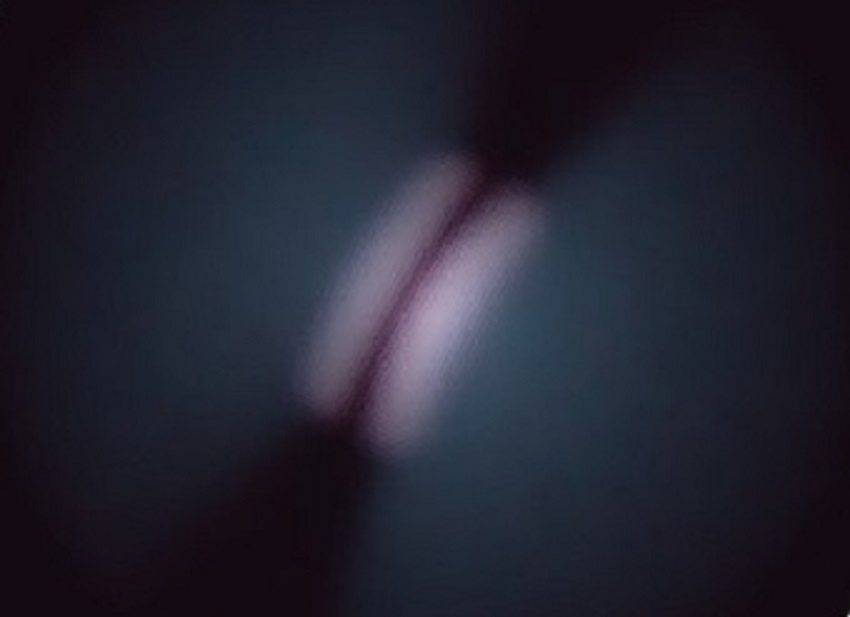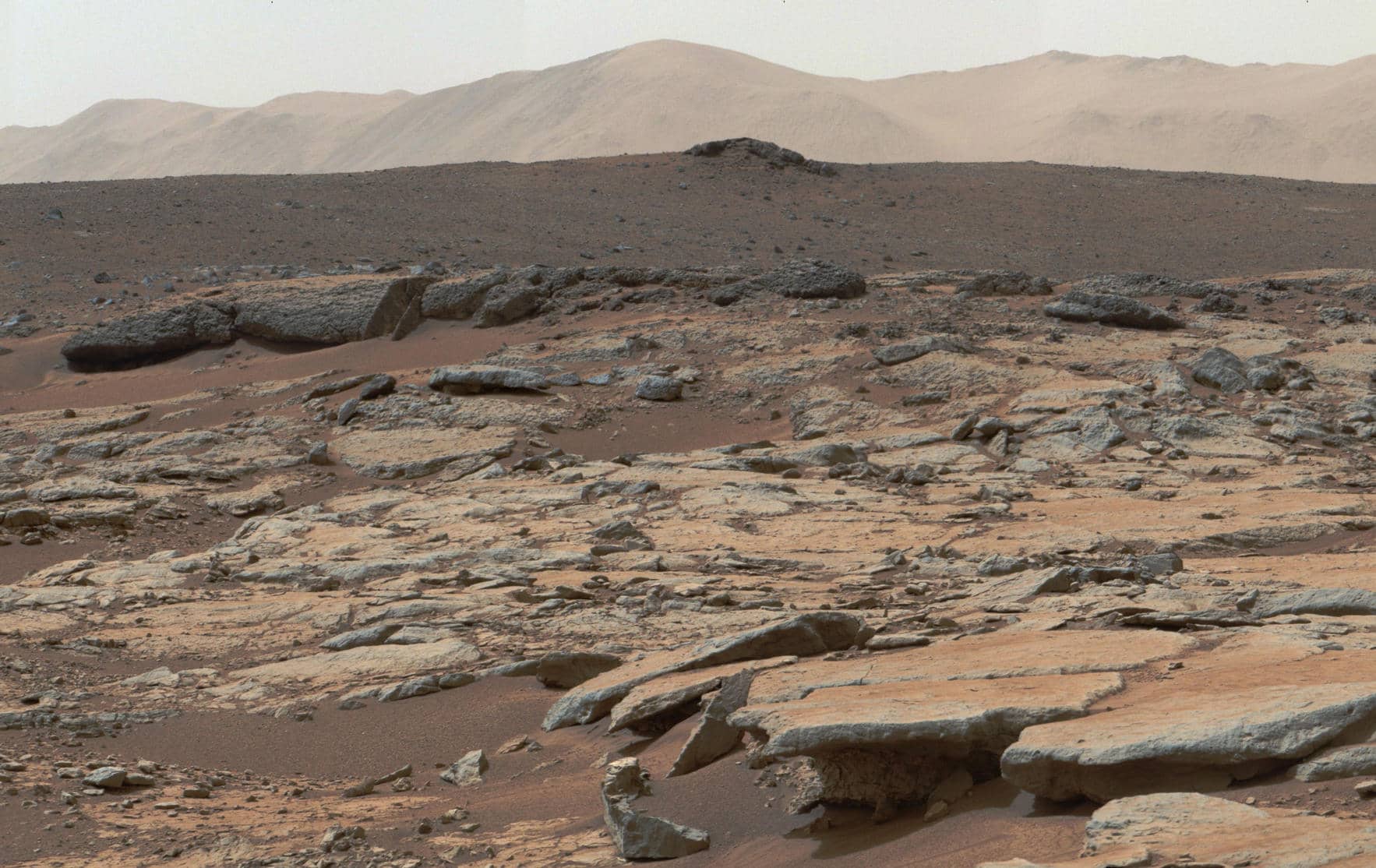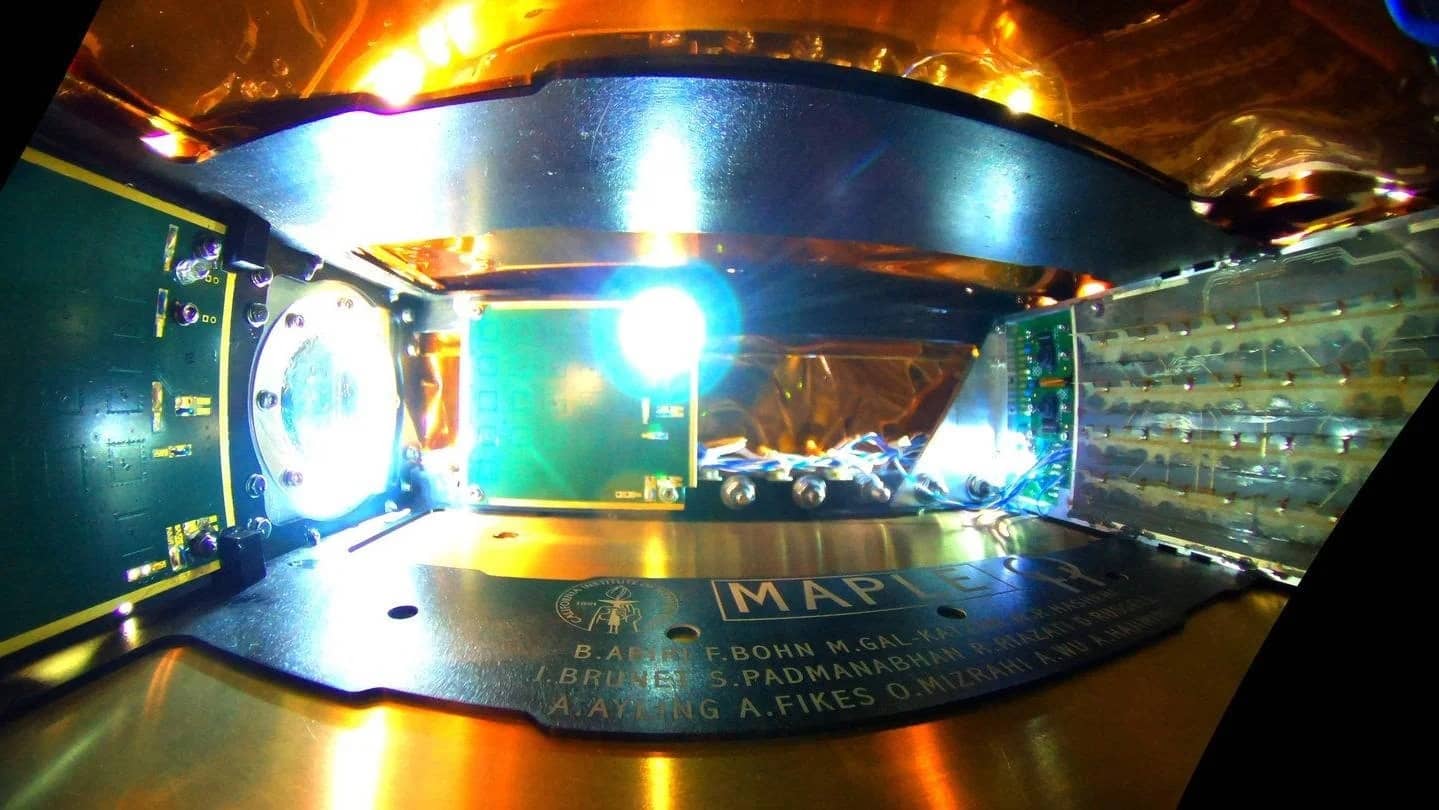Astronomers have spotted an unusual star about 800 light years away that bears a striking resemblance to a sandwich, earning it the whimsical moniker “Dracula’s Chivito.” This stellar discovery, resembling Uruguay’s national dish, provides a captivating glimpse into the early stages of star system formation.
Dracula’s Chivito, as affectionately named by its discoverers, is a youthful star surrounded by a protoplanetary disk of gas and dust. From our vantage point, this disk perfectly bisects the star, creating a sandwich-like appearance. This serendipitous find is reminiscent of the rare discovery of “Gomez’s Hamburger” in 1985, marking another instance of a young star with a sandwich-shaped profile.
Weighing in at an estimated 2.5 solar masses and boasting an effective temperature of around 8,000 Kelvin (or 7,700 °C), Dracula’s Chivito outshines our Sun in both mass and temperature. The protoplanetary disk accompanying it is a substantial 0.2 solar masses, spanning an impressive 1,650 astronomical units, making it the largest edge-on protoplanetary disk detected to date. As a reminder, an astronomical unit (AU) is the distance between the Earth and the Sun.

Astronomers are particularly intrigued by this unique structure, as it holds the potential to birth planets. The sandwich-like perspective provides an angle that reveals previously understudied aspects of its formation.
Distinct from its celestial counterpart, Gomez’s Hamburger, Dracula’s Chivito exhibits “fangs” on its north side, believed to be faint remnants of its dissipating envelope from its early formation stages. This observation strongly suggests that the star is still in its youth.
Adding to the intrigue, Dracula’s Chivito occupies a solitary corner of space, unrelated to known star-forming regions. This solitude challenges the conventional understanding that stars tend to form in dense clusters.
Much like Gomez’s Hamburger, this lonely star prompts astronomers to speculate on the existence of numerous other sandwich-shaped, edge-on disks waiting to be uncovered in these seemingly desolate regions of space. The hope is that these cosmic delights will continue to captivate our gaze as we explore the stellar gastronomy of the universe.





